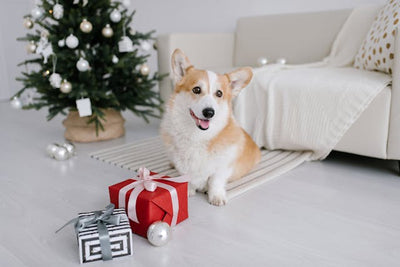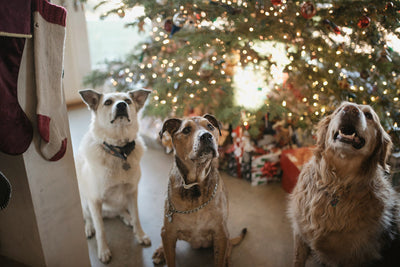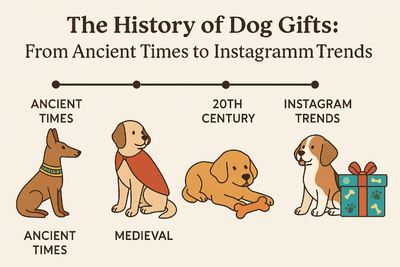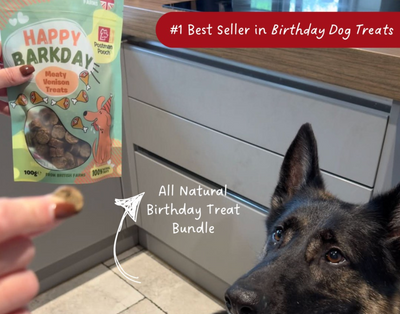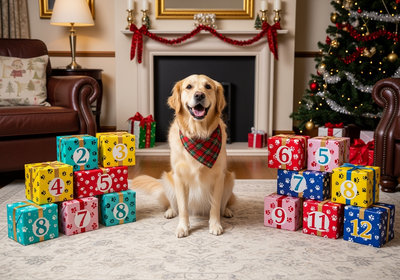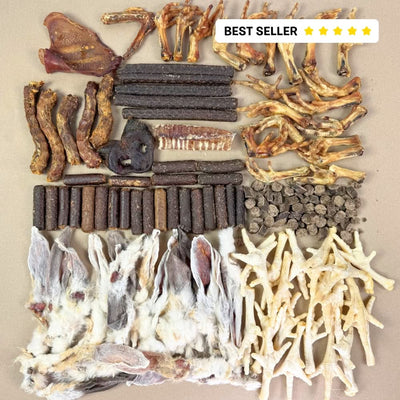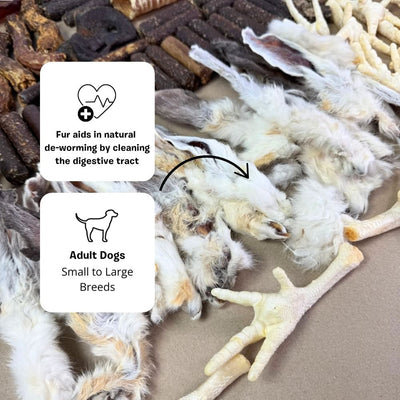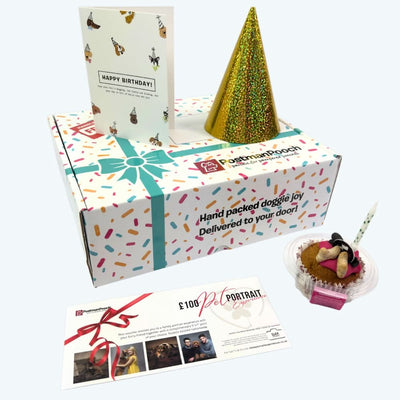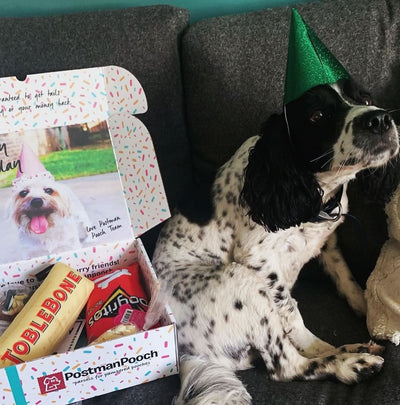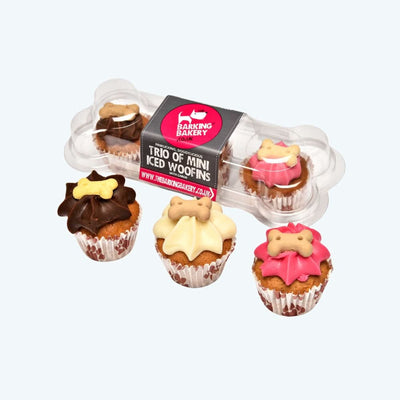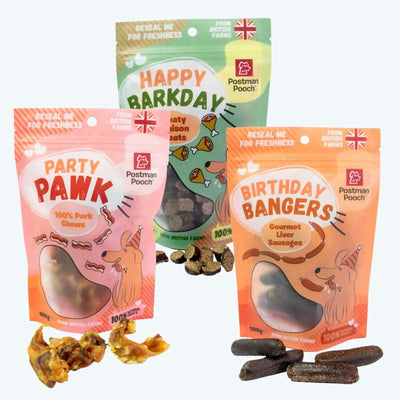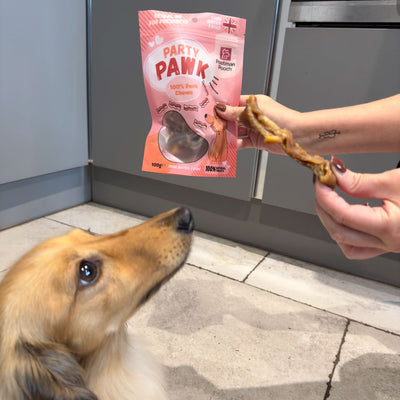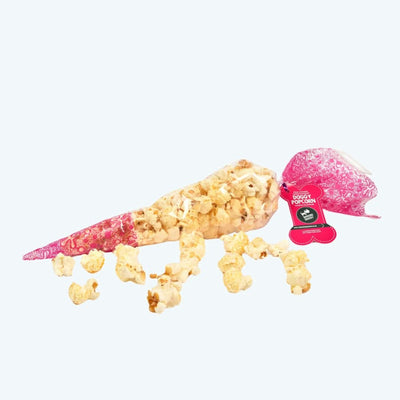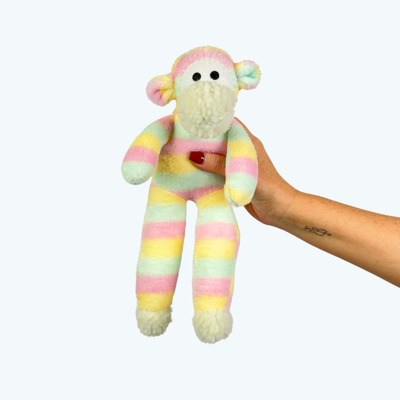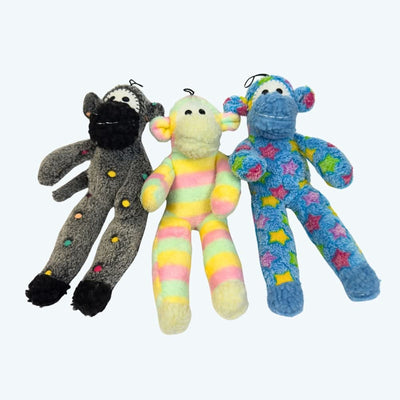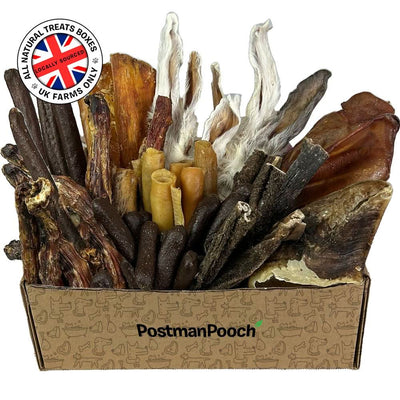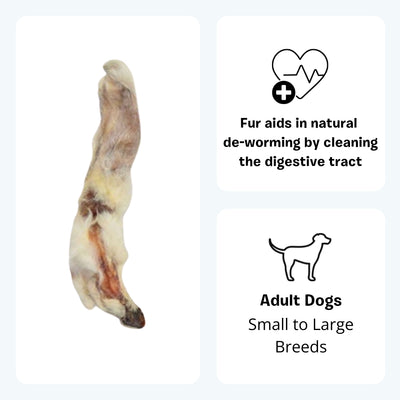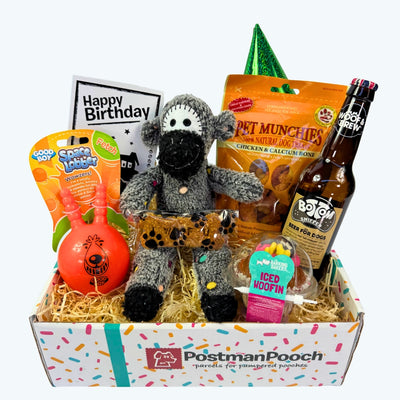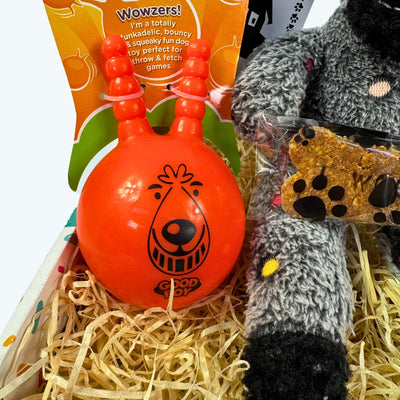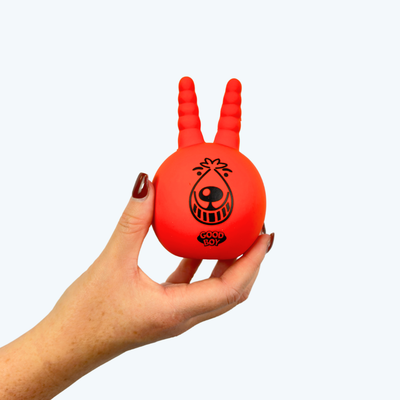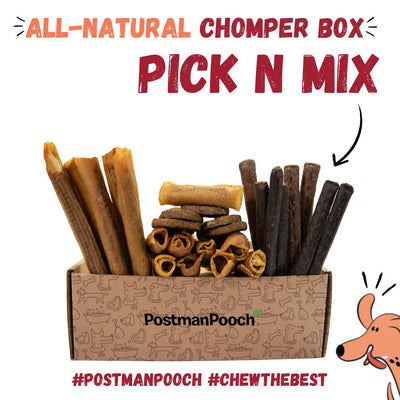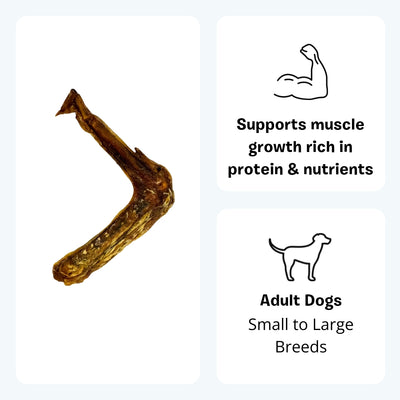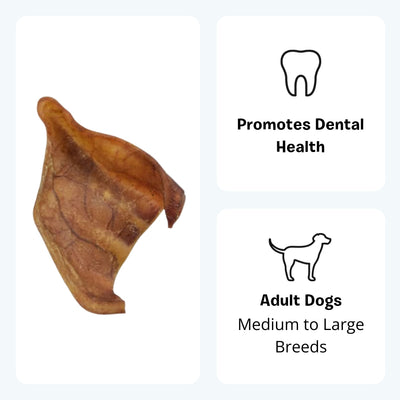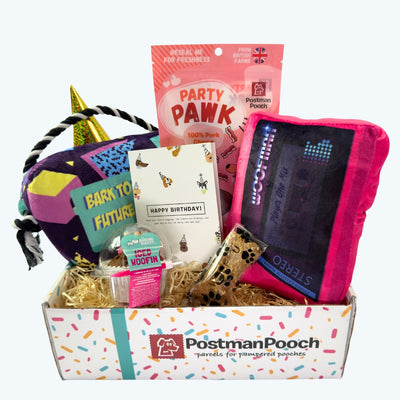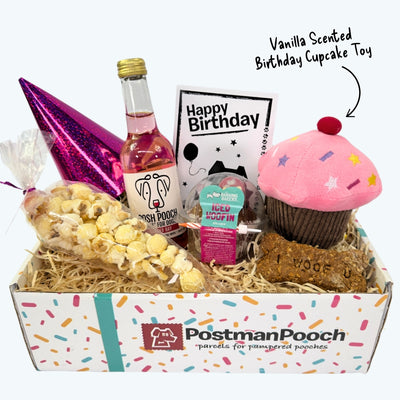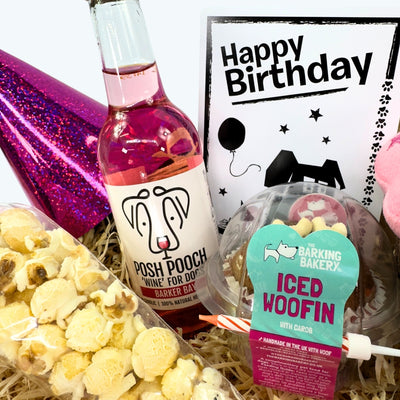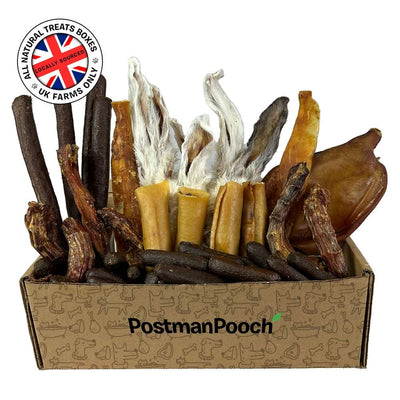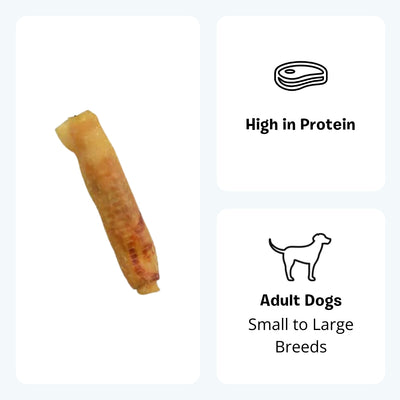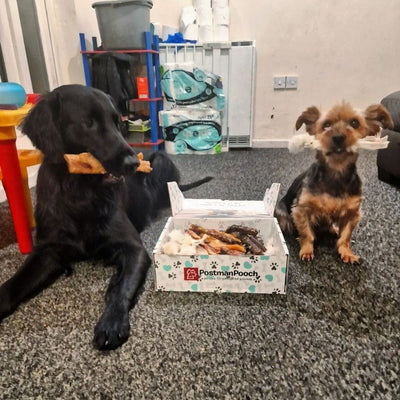Fortunately, our canine friends are not as prone to dental cavities and plaque as we humans are. Their jaws, teeth and gums are made of much stronger stuff for starters and they simply do not build-up as much mouth debris as people do. Despite this though, dogs can still develop serious oral problems if their teeth are not looked after over time.
Problems like tartar, plaque accumulation and gingivitis can cause many similar issues that we face as human beings. From simple bad breath and stained teeth to more serious infections and conditions such as heart and kidney disease; failing to brush your dog’s teeth can lead to a number of different nasty situations. In this blog we will run you through the reasons why dental hygiene is important for dogs and how to clean your dog’s teeth…
Equip Yourself Properly
First off, go buy yourself a canine toothbrush – then you will be much better equipped for the job. A normal human toothbrush is not designed for this role so use a canine one. Now all that is required is a little strategy and a lot of patience. Choose a double-headed brush with the bristles at a 45-degree angle to get below the gum line.
DO NOT USE HUMAN TOOTHPASTE ON DOGS! This is extremely important! Fluoride is poisonous to dogs and this can be found in almost every toothpaste product on the human market. You can find toothpaste formulated for dogs at most pet stores and veterinary surgeries.
Ensure Your Pooch is Comfortable
At first, your dog is probably going to hate it and squirm about like a crazy fool. Either this, of they will simply want to lick and chew the brush through excitement and inquisitiveness. Try and choose a time when your dog has had a decent amount of exercise; this way he or she will be tired and less likely to kick up a fuss. The first few times you do it, don’t overdo it or force it. It is okay if you don’t complete the job the first few times either as you are getting your dog used to the procedure.
Sometimes it is even a wise idea to introduce the toothpaste to your dog first, followed by the toothbrush. Let them lick it off and get used to the taste – then repeat this process in between brushing each individual teeth. This way, the dog will get used to the idea of being rewarded with something slimy and tasty for letting you mess around with its mouth! Gradually increase the number of teeth you maintain each day.
Cleaning the Canines
Canines are used to grab and pull things; you can find these large pointy fangs at the front of the jawline. Dogs would use these teeth to hunt prey or to pull one of their toys (or your favourite pillow) apart with. These teeth are not used for chewing.
The best way to clean the canines is to give them a very quick brush – they are easy to locate and easy to brush with them being right at the front of the mouth. Just simple lift the lips, dog permitting, and give them a quick once over.
Inspecting the Incisors
Your dog should have 12 incisors in total. These are the tiny little pegs located at the very front of the mouth. These teeth are mainly used for grooming purposes and sometimes for those delicate chewing jobs. Again, these are easy to locate and easy to clean as they are right at the front of the mouth. You can also use water additives to clean these particular teeth.
Polishing the Premolars
Behind the sharp canines, you will find the extra sharp premolar teeth. These teeth are used to cut and shred large food items, such as large chunks of steak. There should be 8 on each side, four top and bottom, equalling 16 teeth in total. You can also reach these with a toothbrush but it will be a little harder than the previous sets of teeth as they are closer to the back. Dental chews are also very hand here.
Maintaining the Molars
This larger set of molar teeth can be found right at the back of the dog’s mouth. These are used primarily to grind up hard and dry food. Dental biscuits will help to keep these healthy and clean, as brushing can be quite difficult and hard to reach without causing discomfort to your dog.
Start From Being a Puppy
It will be much, much easier for you if you are able to train your dog to brush its teeth from the age of being a puppy. Grown dogs are indeed able to learn the process, as they become more comfortable with doing so. But it is much easier to drill it into them from an early age.
Cleaning with Treats and Chew Toys
When it comes to maintaining a healthy mouth, dry food is better than soft food for most dogs. Soft food is more likely to stick between teeth and cause decay, whilst hard food like kibble will help scrape away some of the tartar and plaque build-ups. There is also a variety of treats available that promote oral hygiene, helping to keep your dog’s mouth fresh and clean. Toys can also do the trick, such as synthetic bones and chew toys that are specially created to strengthen your dog’s gums and teeth.
Symptoms to Look Out for
- Compulsive chewing
- Red or swollen gums
- Compulsive nose licking
- Bad breath
- A sudden change in eating or chewing habits
- Bleeding gums
- Excessive drooling
How Often Should I Brush?
The more you brush, the better! Your dog’s oral hygiene will certainly thank you for it. Aim for daily dental care for your dog, if that is possible, just like you would yourself. The hardest part about doggy dental daycare is getting the pooch used to it. Once the ball is rolling it becomes a lot easier and just like any other routine after that. If you cannot brush daily, brushing every other should suffice.

